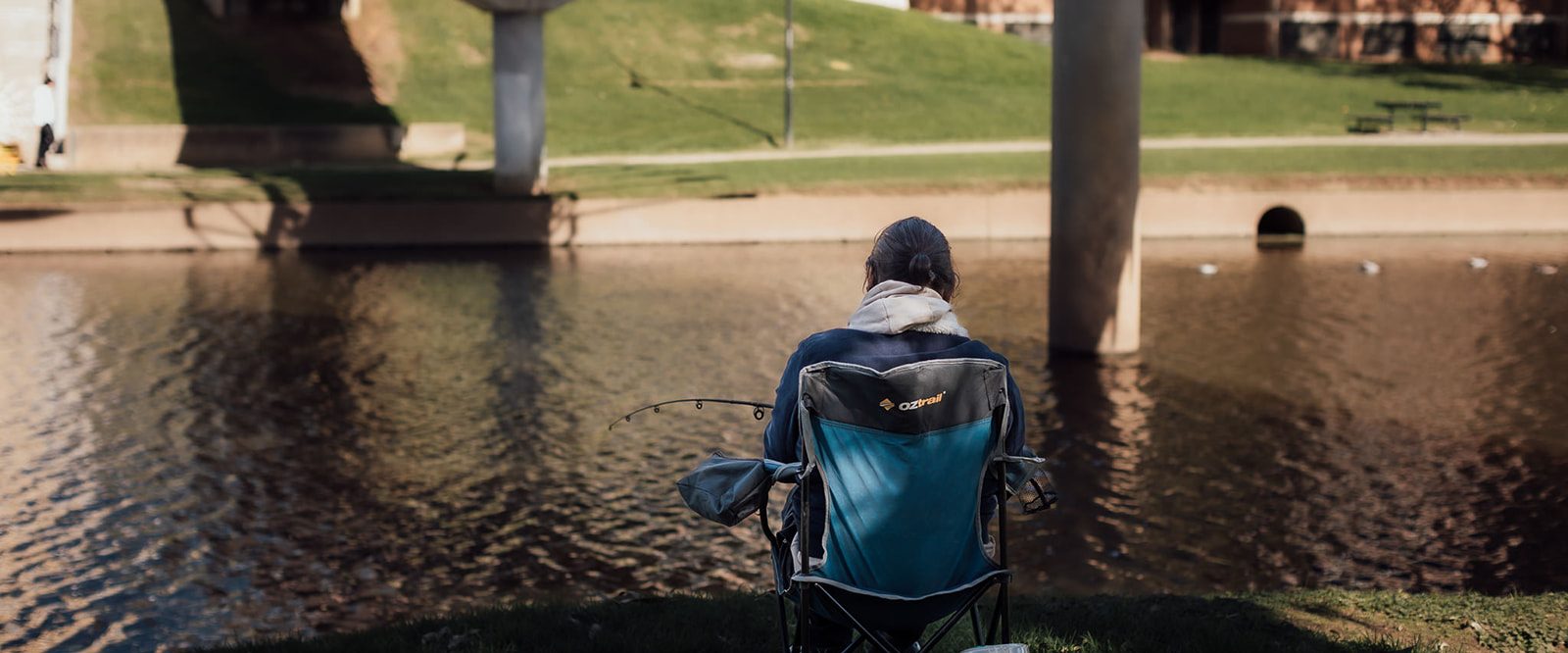Introduction
It is useful for all of us, whatever our life experiences, to have access to a range of breathing and grounding exercises that can assist us to settle and calm ourselves, to help anchor us in the present moment. You might make us of quick breathing exercises (like taking three deep “belly breaths”) or longer, more formal exercises (like mindfulness meditation).
Different strategies work for different people at different times, and there is no “wrong” way to ground yourself.
Along with the Breathing and Grounding Exercises listed below that you might trial, we encourage you to check out the Mindfulness Exercises and Relaxation Exercises.
There are many ways of grounding yourself in the here and now: next time you have a cup of tea or coffee, pause and notice how you hold the cup, feel the heat, smell the aroma, savour the taste and feel the liquid make its way down, notice whether you are sting or standing and what you are seeing or hearing around you.
Grounding exercises as reset and anchor
Grounding exercises can be a useful reset button. They can be helpful in situations where you find yourself becoming overwhelmed or distracted by distressing memories, thoughts or feelings. If you find yourself becoming caught up in strong emotions like anxiety or anger, or if you catch yourself engaging in circular or locked in thinking, it can be useful to settle and anchor yourself with breathing exercises.
People who have experienced childhood sexual abuse or profound trauma can sometimes feel disconnected or become overwhelmed by triggers, flashbacks or intense memories, to the point that they are feel as if they are back there, re-living the abuse all over again. Grounding exercises can help reconnect mind and body and bring us more fully into the present.
Build a collection
It is helpful to have a selection of grounding exercises that you can draw upon. Just as no one technique works for all people, we find that not all techniques work at all times. You might look over some lists of grounding exercises and write down all the ones you think might work. Be prepared for a little trial run to work out what works for you personally.
Practice
It is helpful to:
- Practice exercises when you are not feeling stressed, to become familiar with them;
- Put aside judgement or assigning value to what you are thinking, feeling, doing, seeing or hearing – ‘It is what it is’
- Check in with yourself and maybe rate your stress between 1 and 10 before and after practicing the exercise
- Continue to practice a breathing exercises or alternative grounding exercise, if you notice that you are still carrying high levels of stress in your breath or body.
Create your own
Create your own personal list of grounding techniques. Then, when you find yourself needing to reset, pick out a strategy for that particular situation.


